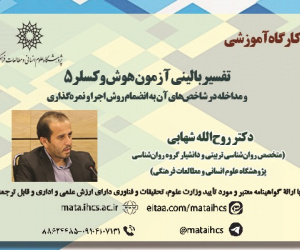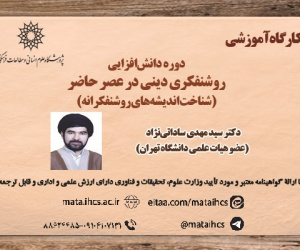ارائه الگوی راهبردی استفاده از بلاکچین در بیمه شخص ثالث: چالش ها و فرصت ها (مقاله علمی وزارت علوم)
درجه علمی: نشریه علمی (وزارت علوم)
آرشیو
چکیده
این پژوهش با هدف ارائه الگویی راهبردی برای استفاده از فناوری بلاکچین در بیمه شخص ثالث طراحی و اجرا شده است. فناوری بلاکچین، به عنوان یک نوآوری دیجیتال، امکان ایجاد شفافیت، امنیت، کاهش هزینه های عملیاتی و خودکارسازی فرایندها را برای صنعت بیمه فراهم می کند. بیمه شخص ثالث، با سهم عمده ای در صنعت بیمه ایران، با چالش هایی نظیر پیچیدگی فرایندها، تقلب های گسترده و هزینه های بالا مواجه است. این پژوهش با بهره گیری از روش تحلیل SWOT و بررسی تطبیقی تجربیات کشورهای پیشرو، نقاط قوت و ضعف فناوری بلاکچین را ارزیابی کرده و فرصت ها و تهدیدهای موجود در مسیر پیاده سازی آن در ایران را شناسایی کرده است. یافته های پژوهش نشان می دهند که بلاکچین با ارائه قابلیت هایی چون شفافیت بیشتر، کاهش تقلب و سرعت بخشی به فرایندهای بیمه گری، می تواند به بهبود عملکرد بیمه شخص ثالث کمک کند. در عین حال، چالش هایی مانند کمبود زیرساخت های فناوری، مقاومت سازمانی و نبود چهارچوب های قانونی از موانع مهم پیاده سازی آن به شمار می روند. بر این اساس، الگویی راهبردی شامل بهبود زیرساخت های فناوری اطلاعات، آموزش نیروی انسانی متخصص، تدوین مقررات حمایتی و توسعه همکاری های بین المللی پیشنهاد شده است. این الگو می تواند نقشی کلیدی در کاهش هزینه ها، افزایش بهره وری و تقویت اعتماد عمومی به صنعت بیمه ایفا کند و به طورکلی، به توسعه اقتصادی کشور کمک نماید.Strategic Model for Implementing Blockchain in Third-Party Insurance: Challenges and Opportunities
This study aims to propose a strategic model for implementing blockchain technology in third-party insurance. As an innovative digital solution, blockchain offers significant potential for enhancing transparency, security, reducing operational costs, and automating processes in the insurance industry. Third-party insurance, which constitutes a substantial portion of the Iranian insurance sector, faces numerous challenges, including complex procedures, widespread fraud, and high operational expenses. This research utilizes SWOT analysis and comparative case studies from leading countries to evaluate the strengths and weaknesses of blockchain technology and identify opportunities and threats in its adoption within Iran. The findings indicate that blockchain, with its capabilities such as enhanced transparency, fraud reduction, and process acceleration, can significantly improve the performance of third-party insurance. However, challenges such as inadequate technological infrastructure, organizational resistance, and the absence of legal frameworks remain significant barriers to its implementation. Consequently, this study proposes a strategic model encompassing the enhancement of IT infrastructure, training specialized personnel, drafting supportive regulations, and fostering international collaborations. This model aims to reduce costs, increase efficiency, and build public trust in the insurance industry, ultimately contributing to the country's economic development.







